If your home has been affected by water damage such as a flood or severe leak, it is very important that you take the right steps to safeguard yourself and your family. If any items have been wet for more than 2 days it is highly likely that they will have mold growing on them, even if you cannot see the mold. Although mold may look harmless it can actually make you very sick. Toxic mold spores are responsible for a variety of different symptoms including shortness of breath, nausea, diarrhoea, vomiting and skin irritation. Young children, the elderly or other vulnerable groups may suffer even more severe symptoms including death in extreme cases. Proper mold remediation is therefore very important in all cases where mold growth is suspected.

Items to Throw Away
Whilst some items can be saved from mold, some of your items must be thrown away if they are affected. It is very important that you get rid of these items properly if you do not want to mold to return. Any cloth or soft items which cannot be cleaned in hot water must be thrown away immediately. Keeping items in your home, even for a short while, can vastly increase the number of airborne mold spores which are present in the property. Even if you cannot see the mold it is likely that mold spores are being harboured by the material and will continue to promote fresh mold growth until the item is discarded. Common items which cannot be saved include carpets, soft furnishings, sofas, leather, paper and books. Sometimes these items can be saved by a mold remediation expert, but it is not advised that homeowners try to save their items unless they have had specialist training.
Bleach and Fungicides
Hard items can often be saved using cleaning techniques. Bleaching and using fungicides is the best idea if you are attempting your own mold remediation. Whenever you are using bleach it is important that you follow these safety tips. Whenever any chemicals are being used in your home you should make sure that the area is properly ventilated. Never mix bleach and ammonia together as they can react badly with one another. Always wear protective boots, gloves, goggles and a mask over your nose and mouth, so that you do not breathe in excessive amounts of bleach. If you do begin to feel ill or dizzy, leave the room immediately, remove your personal protective equipment and sit down in the fresh air. If symptoms persist, contact a doctor as soon as possible. Always follow the mixing instructions on the chemicals and never make a stronger solution advice. Once you have used bleach on fungicide on a product you should rinse the products in cold water and leave to dry in a warm place. Make sure that it dries out quickly and evenly.
Professional Mold Remediation
If you are struggling with your own mold remediation, you are advised to seek professional help. Without professional help mold can easily take hold and make your family sick.
Reference: http://orange-restoration.com/services/san-diego-mold-removal/
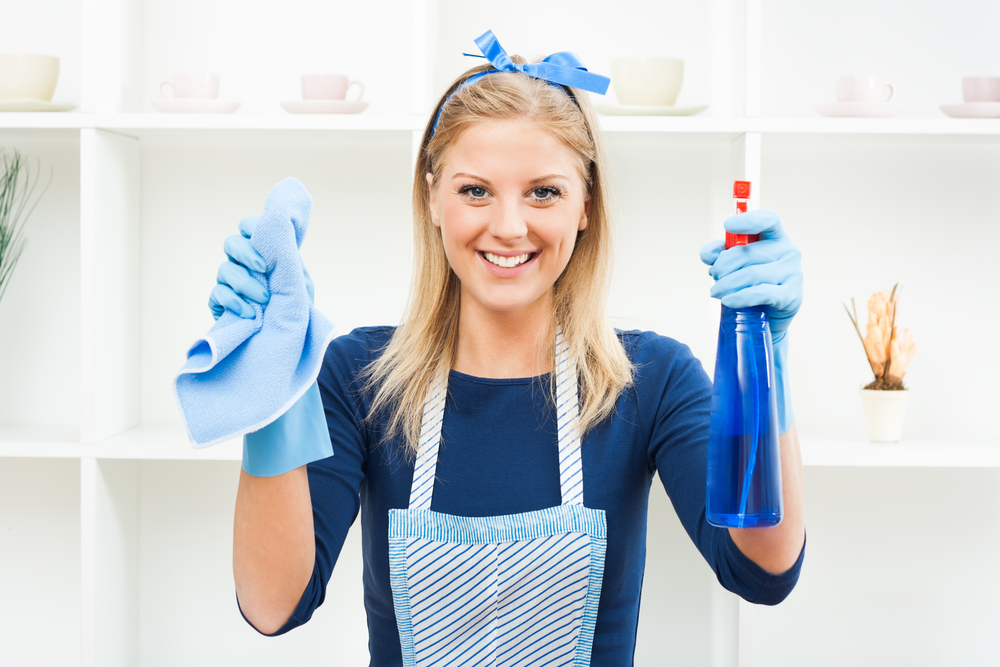













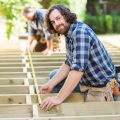








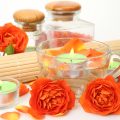
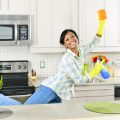





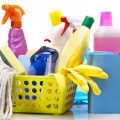
No Comments
Leave a comment Cancel